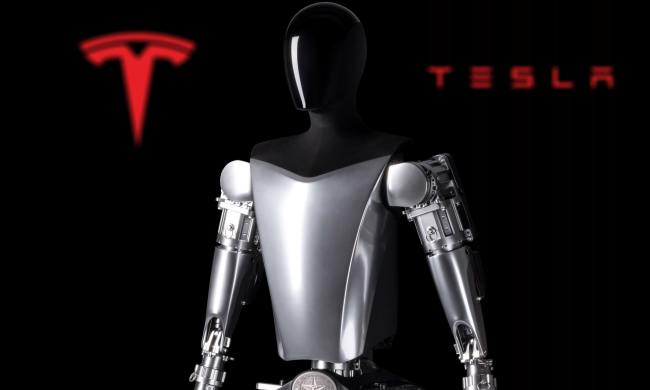
Harley-Davidson has introduced a new line of prototype electric bicycles, giving us our first look at the iconic motorcycle company’s ideas for the world of ebikes.
Electrek obtained images from Harley-Davidson’s Annual Dealers Meeting, where the bikes made their debut. While described as “future concepts,” the images are an intriguing preview of where the company could be going in terms of its ebike design.
“Harley-Davidson’s first electric pedal-assist bicycles are light, fast, and easy for anyone to ride,” the company told Electrek. “Designed to shine in urban environments, this all-new line of ebicycles is just one more example of how Harley-Davidson’s More Roads initiative is actively working to inspire a new generation of two-wheeled riders around the world.”
A look at the photos of the prototype shows that the battery would be on the smaller side, which makes sense considering the bike is pedal-assist rather than full-on electric.
There’s also only one brake on the handlebars, which is standard on motorcycles. Electric bicycles normally have two brake levers on the handlebars, so this bicycle could be one of the first ebikes with a foot brake.

The bikes probably won’t be on the streets any time soon, or even look like the prototype images. The company’s fine print on the new electric bicycles says: “Prototype model shown. Production model features will vary. Not yet available for sale. All future models shown may not be available in all markets.”
The new electric bicycle isn’t the first foray into the electric world for the company. Harley-Davidson announced its LiveWire electric motorcycle at the Geneva International Motor Show earlier this year. The electric motorcycle stirred up excitement over its H-D Revelation all-electric powertrain. The bike gets up to 146 miles of range on a single charge. The Digital Trends team named the LiveWire motorcycle the best automotive tech at CES 2019.
Harley-Davidson released its long-term plan last year, saying it has its sights set on “a broader range of electric models that are light, nimble, and ready to tackle the urban landscape. For those who want to experience the thrill of two wheels, they are planned to be available by 2022.”
Digital Trends reached out to Harley-Davidson for more details on the bike, but has not yet received a response.



